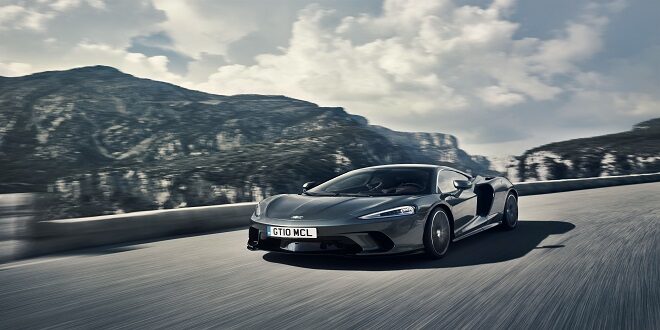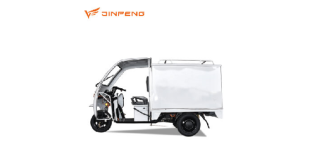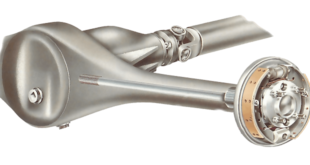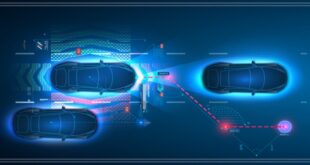Many years ago we defined road-holding as ‘the ability of a car to follow the path dictated by an average driver in all reasonable circumstances. An average driver on snow or ice will sometimes find that his car does not ‘follow the path dictated’.
Snow and ice, to an average driver, are not reasonable circumstances. To a Scandinavian rally driver, they are. With his skill and experience, he will usually persuade the car to follow his wishes.
Depending upon the class of vehicle, we also demand the ability to negotiate a bend safely within the limits of tyre adhesion and the skill of the driver. Not only do we demand higher cornering speeds from racing cars, but we assume quicker reactions and greater skill from their drivers.
The reverse is assumed in the case of normal road vehicles. If the driver should accidentally exceed the more modest cornering power of the tyres, the car should be designed to be ‘forgiving’ within the possible limits of engineering know-how.
Cornering dynamics
When a car is cornering, a much higher centrifugal force is produced than the minor side forces discussed in Sectio To balance this force the tyres generate side thrusts, and to create these thrusts all four wheels must run at suitable slip angles.
As will be seen in(a), the longitudinal axis of the car must be angled into the comer to achieve these angles. Although the steering geometry may.
be designed to give an Ackermann centre based on the rear axle centre line, the car could never tum about this centre since this would give zero slip angles at the rear.
For simplicity, we have chosen to give identical steering angles to both inner and outer front wheels. This not only simplifies the vector diagrams in (b) and (c), but is a more logical steering geometry than that proposed by Ackermann.
Rear-wheel drive
The same technique has been used to construct a closed vector diagram for the case of an FWD qu. It is immediately apparent that the direction of the tractive effort in this case has a centripetal component that opposes a percentage of the centrifugal force.
The cornering racing car
Modern racing cars carry such a high percentage of the weight and the footprint area at the rear that they can be said to be steered in a bend by the throttle foot.
A typical weight distribution would be 33/67 and typical tyre widths 20 in at the rear and 10 in at the front. Rear-end loads are usually increased in all but the most acute bends by the downthrust of a rear wing, a large inverted aerofoil.
Yaw inertia
the polar moment of inertia about a horizontal axis through the centroid was considered. This has an influence on the natural period in pitch.
Racing drivers discovered many years ago that long-wheelbase versions of the same basic racing car were much more stable at speed than the short-wheelbase model. This was before the days of aerodynamics.
Last word
When negotiating a twisting part of a round-the-houses circuit, they preferred the handling of the short-wheelbase version.
shows how a front-engine rear-drive car, carrying a full complement of passengers, will have a much higher yaw moment of inertia than a mid-engine sports car with only the driver aboard.
 Tech Readers
Tech Readers




